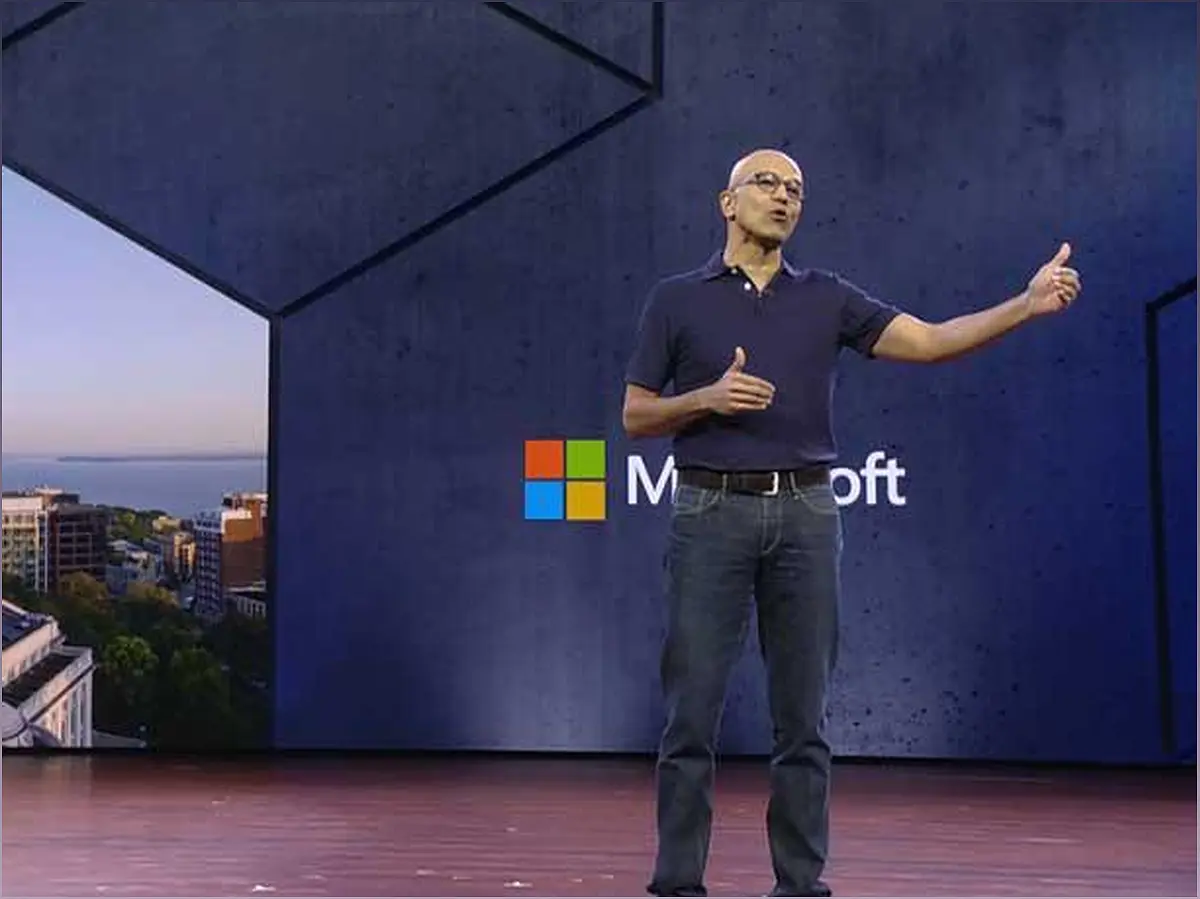In a surprising turn of events, Sam Altman has been reinstated as the CEO of OpenAI, signaling a significant leadership shake-up. This article delves into the details of Altman's return, the new board members, and the transition of OpenAI from a nonprofit organization to a for-profit venture.
Sam Altman's Reinstatement as CEO
Explore the surprising return of Sam Altman as the CEO of OpenAI
After being fired by the board, Sam Altman has made a comeback as the CEO of OpenAI. This unexpected turn of events has sparked curiosity and raised questions about the reasons behind his reinstatement.
Altman's leadership and vision were instrumental in the early days of OpenAI, and his return brings a sense of familiarity and stability to the company. But what prompted the board to reverse their decision and reinstate Altman as the CEO?
Let's delve into the details and uncover the factors that led to this significant leadership shake-up at OpenAI.
New Board Members and Leadership Changes
Discover the composition of OpenAI's new board and the impact of these changes
Alongside Sam Altman's reinstatement, OpenAI has announced a revamped board with some notable additions. Bret Taylor, the former Chief Product Officer at Salesforce, has taken on the role of the new chair. Additionally, Larry Summers, the former Secretary of the Treasury, has joined as a board member.
These changes in the board's composition bring a fresh perspective and diverse expertise to OpenAI. The addition of Taylor and Summers signifies a shift in the company's direction and a renewed focus on strategic decision-making.
How will these new board members contribute to OpenAI's future plans and collaborations? Let's explore further.
Transition from Nonprofit to For-Profit
Uncover the journey of OpenAI from a nonprofit organization to a for-profit venture
OpenAI's journey from a nonprofit organization to a for-profit venture has been a significant turning point in its evolution. Initially founded in 2015 with a mission to advance digital intelligence for the benefit of humanity, OpenAI made a strategic decision in 2019 to transition to a for-profit structure.
This shift allowed OpenAI to raise capital and accelerate its AI research efforts. However, it also brought about various challenges and criticisms, including concerns about the company's AI safety initiatives and the impact on its nonprofit values.
What were the driving factors behind this transition, and how has it shaped OpenAI's trajectory? Let's delve into the details.
Tensions and Challenges Faced by OpenAI
Explore the tensions and challenges that have been building up at OpenAI
OpenAI has been facing a series of tensions and challenges that have culminated in the recent leadership shake-up. Disagreements among board members, criticism of the company's AI safety efforts, and the strain on infrastructure and employees due to the release of ChatGPT have all contributed to the mounting pressure.
These challenges have been building up over the years as OpenAI navigated the transition from a nonprofit organization to a for-profit venture. The company's ability to address these tensions and find a way forward will be crucial for its future success.
How will OpenAI overcome these challenges and continue its mission of advancing digital intelligence? Let's explore further.
Microsoft's Support and the Future of the Partnership
Learn about Microsoft's support for OpenAI and the future of their partnership
Microsoft, a key partner of OpenAI, has expressed support for the recent leadership changes and emphasized the importance of their partnership. Satya Nadella, the CEO of Microsoft, has highlighted the value of collaboration between the two companies in driving innovation and delivering the benefits of AI to customers and partners.
This endorsement from Microsoft further strengthens OpenAI's position and opens up new avenues for growth and development. The future of the partnership holds immense potential for both organizations.
What does this partnership mean for the future of AI research and development? Let's delve into the details.

